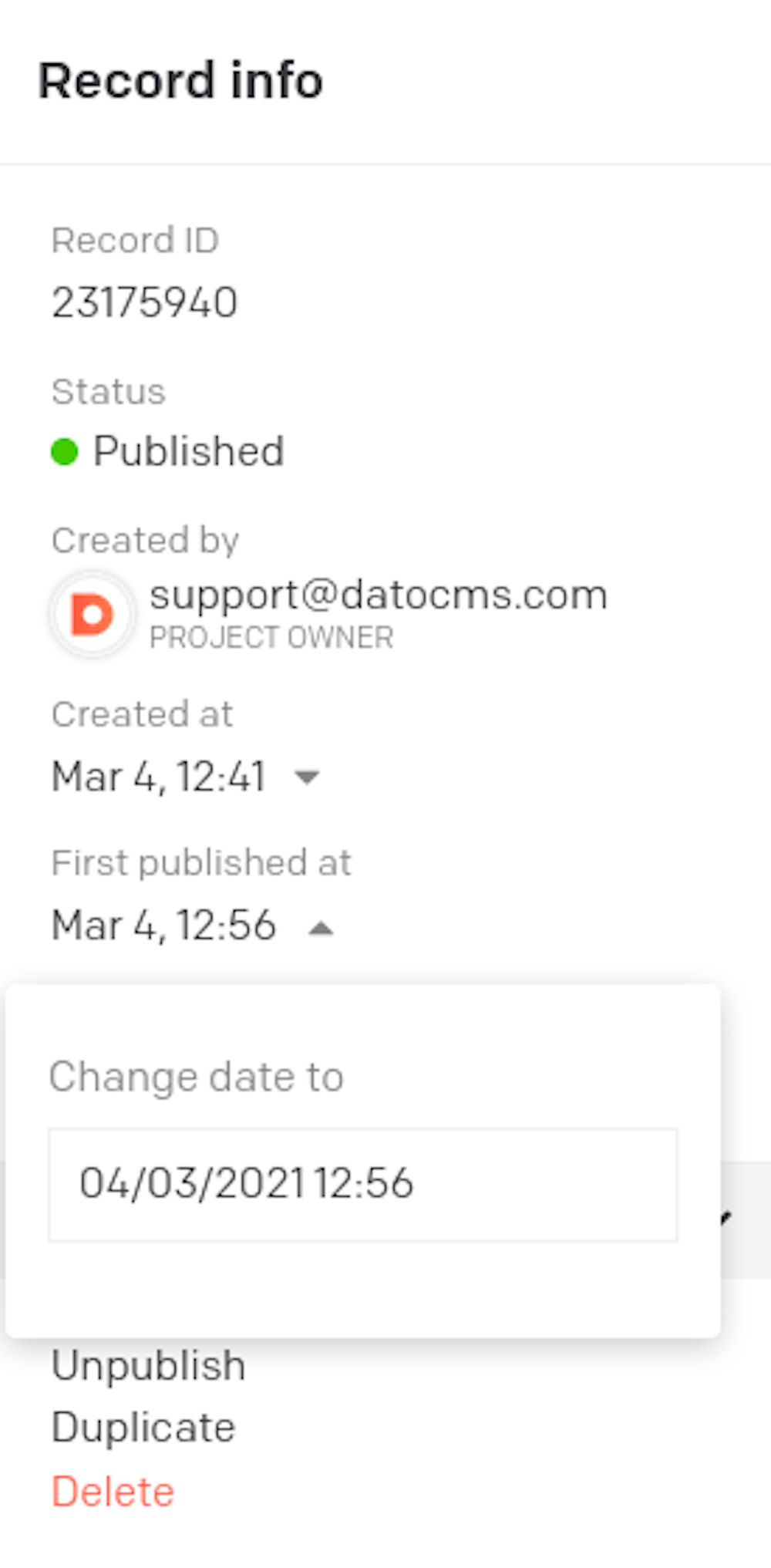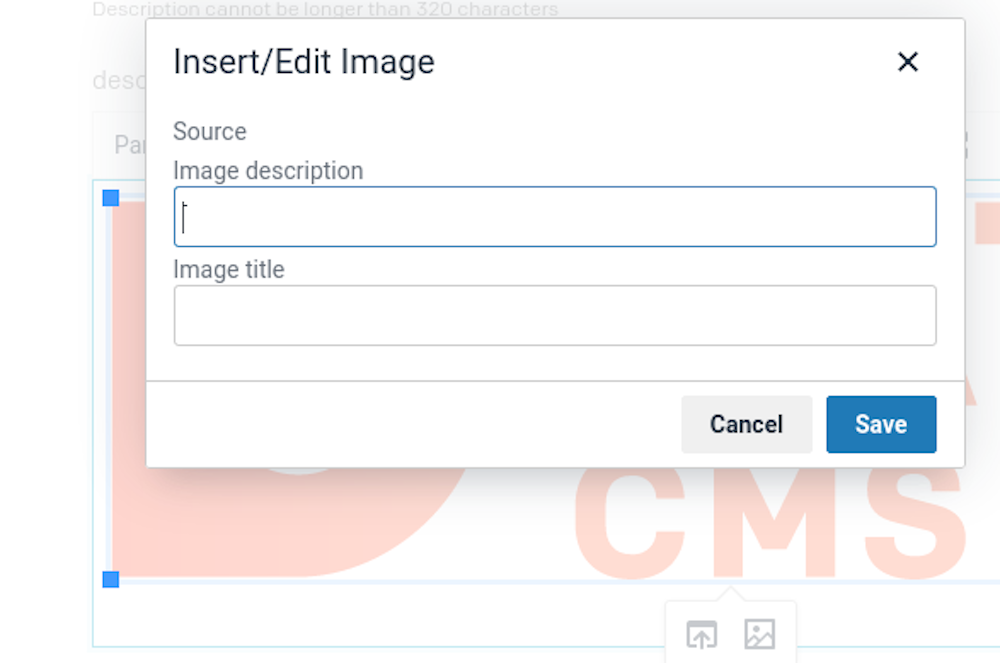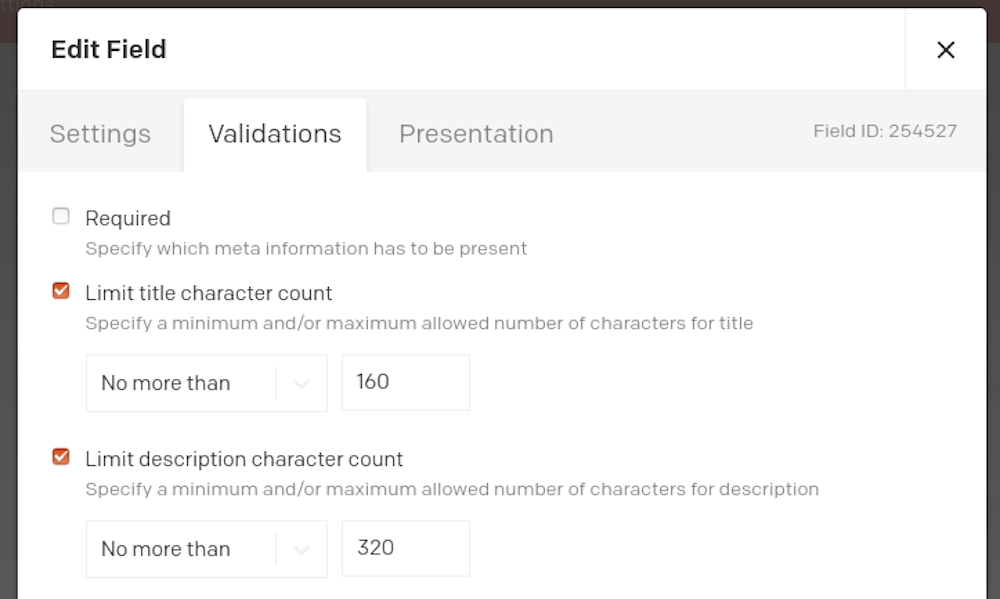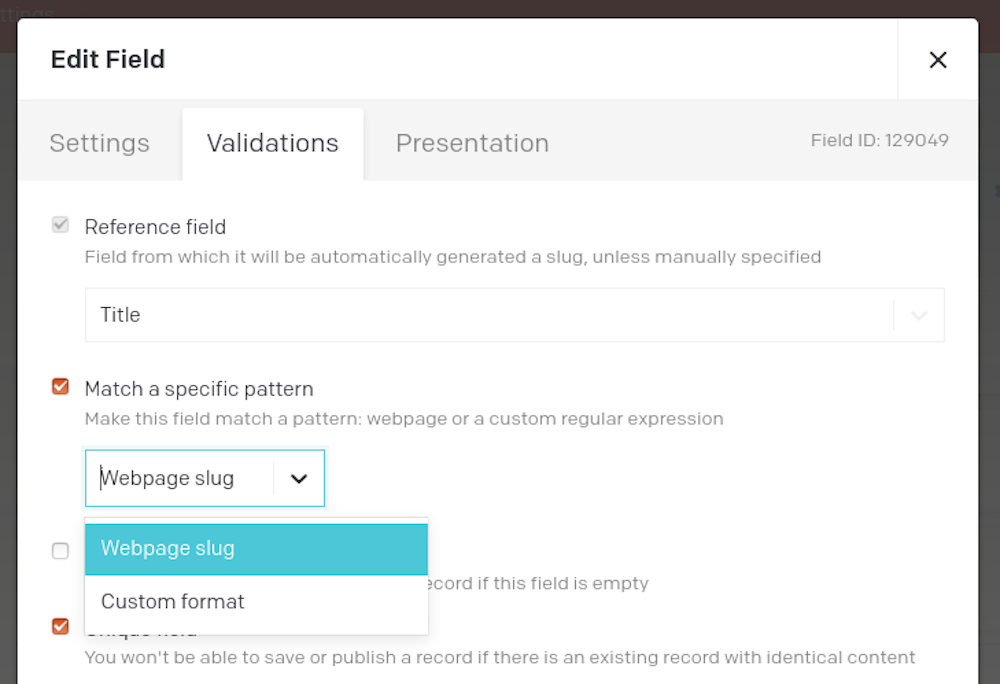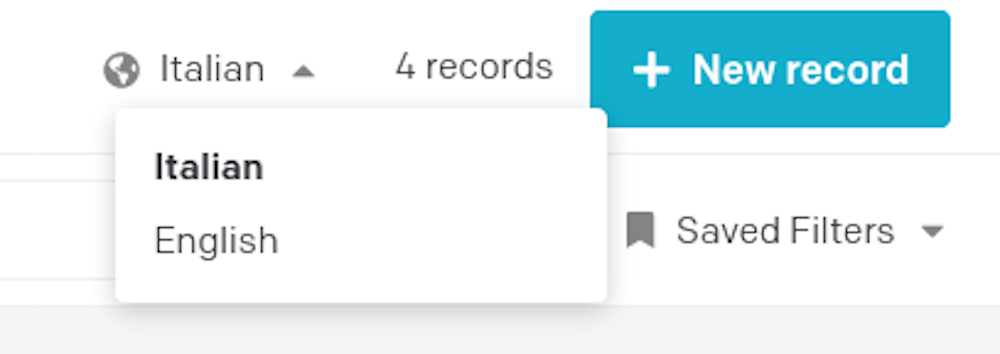Better support for WebP and HEIC formats
We have added full support to WebP and HEIC formats in our media area.
Before these assets didn't have the same features as the other images, but now they do. So you can just drag-and-drop them as any other image, see previews and have the same support for responsive images on the GraphQL API.
If you have existing WebP and HEIC images you need to reupload them to have them treated as images rather than plain assets.
